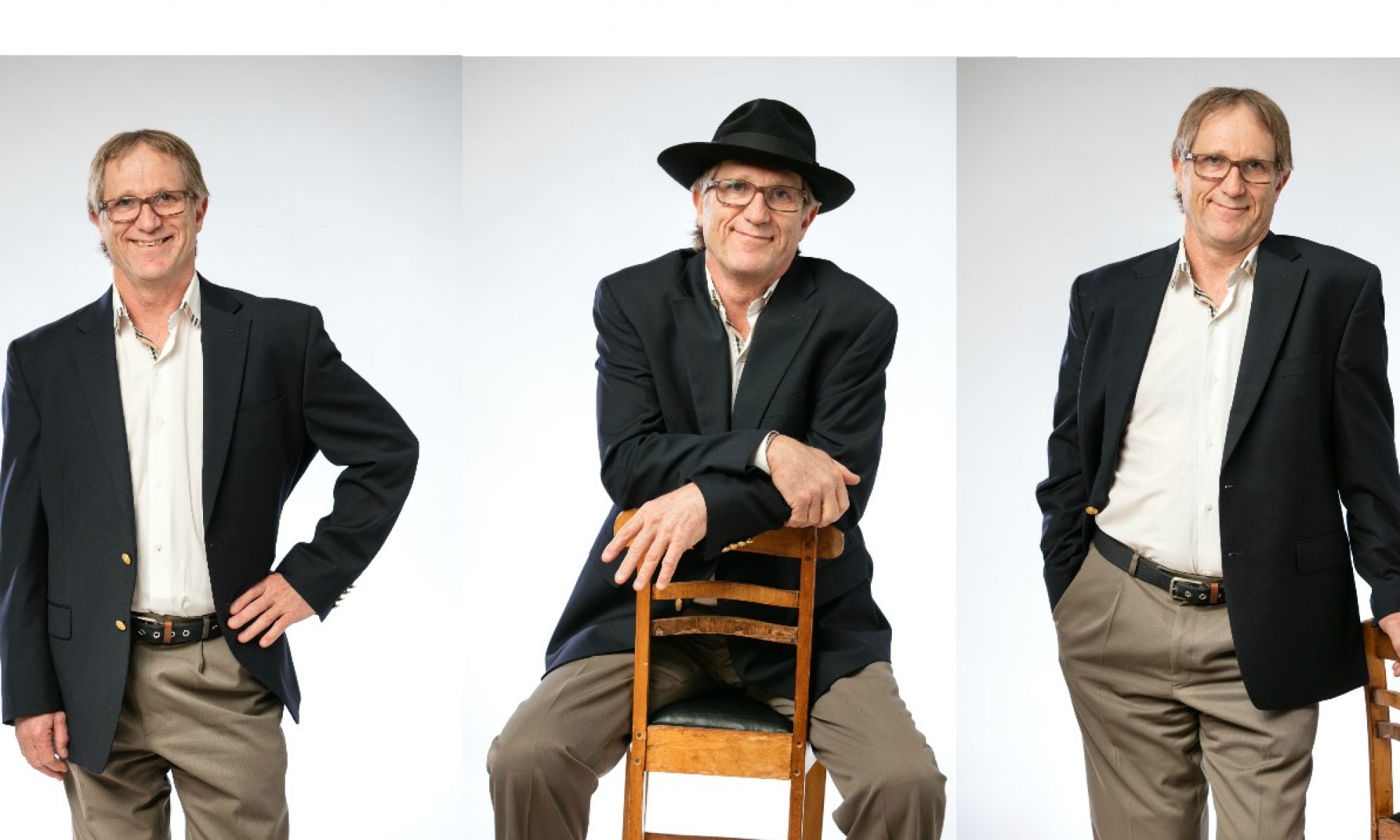A few weeks ago, we talked about the two big trust indicators;
- one was ‘visible hands’ and
- the other one was the smile.
Well, we’re going back to look at the hands today.
Today it’s all about ‘expressive hands’ and using your hands to improve your communication and communication outcomes.
We can grade the use of one’s hands during conversation from no use at all (zero) through the over use (ten).
I’m one of those people who tends to use their hands A LOT – I almost over use them. Call them ‘Jazz Hand’s if you like; I use my hands a lot.
But, studies show, that using one’s hands, does add expressiveness to the communication and it most definitely improves communications outcomes.
Using the expressiveness of your hands does help get the message across to the people that you’re talking with. They do remember more of what you’ve said and you are also regarded as more likable and trustworthy when you use your hands to help you communicate.
One extreme is where you are waving your hands around almost ‘wildly’, using expansive gestures and large movements of the hands. As I’ve indicated above, this can be called ‘Jazz Hands’.
Doing too much with your hands can be distracting and hinder communication. Jazz hands ‘distracts’ your listener and can take away from the message that you are trying to get across. If you are like me and if you have Jazz Hands, just be aware of this and be a little careful therefore to remember to tone it down – just a touch.
The other extreme is no use of hands at all, the hands remaining just sort of flat by your side, or folded across the abdomen, or something like that – no use of the hands at all.
This lack of animation (by the hands) means that your message gets across with less power and less impact.
Without the use of hand gestures, you have a lesser communication impact on the listener
And that extreme (no hand movement) is equally bad, because it also detracts from the power of your message.
Then we have the middle of the road use of hands. This is where you DO use hand gestures and movement, but you limit your movements largely to a ‘restricted’ area in-front of your torso.
This restricted area is a box, about 50 cm to 60 cm square, in-front of your chest and abdomen. Maybe this box is about as wide as your body and maybe a 50cm to 60 cm high, and it’s in front of your abdomen or lower chest.
In this ‘ideal’ scenario your hands would move within that space. Most surely, you would occasionally gesture more broadly and widely, but to a larger degree, your hand gestures would be within that box-like area. This is probably more of the ideal scenario when we’re talking about how much we should be using our hands.
What are you doing with your hands?
The point of this video is to get you to assess how, where and how much you are using your hands when you’re speaking; how expressive you are.
If you’ve got no hand movement at all, if you’re down at the lower end of the scale, then I’m going to suggest that you consciously start moving your hands around to improve the impact of your communication.
Initially this will feel stilted, awkward and strange. You may even feel that your communication is contrived.
The more you practice and practice, the more natural this will feel and the more impactful you’ll see your communication becoming.
On the other hand, if you’re like me and you have jazz hands, and you’re happy with that and if it isn’t throwing your conversation and communication off, then that’s okay, keep doing what you’re doing.
Knowing what you know now, start observing the other person or people in the conversation carefully to ensure that you aren’t putting them off or even slightly ‘frightening’ them.
But if you are throwing people off, maybe just tone it down a little. Remember, all body language and all communication goes on a scale from extremely low to extremely high, and you should fit somewhere in the middle. That gives the best of all worlds.
So, this is another skill to tack onto the skills we’ve worked on over the last four or five weeks. This is all about learning how to use your hands to improve your communication outcomes.
Final Note: If you are speaking from ‘stage’ or to a small or large group, then the correct use of your hands is also VERY important in getting your message across. Here again, learn to use your hands to maximise the communication outcome you will achieve.
Now it’s over to you – it’s time to turn this theory into a new skill by starting to practice, practice and practice.
I’ll see you on the next video.

